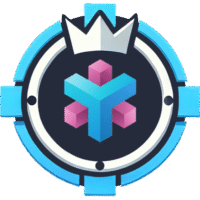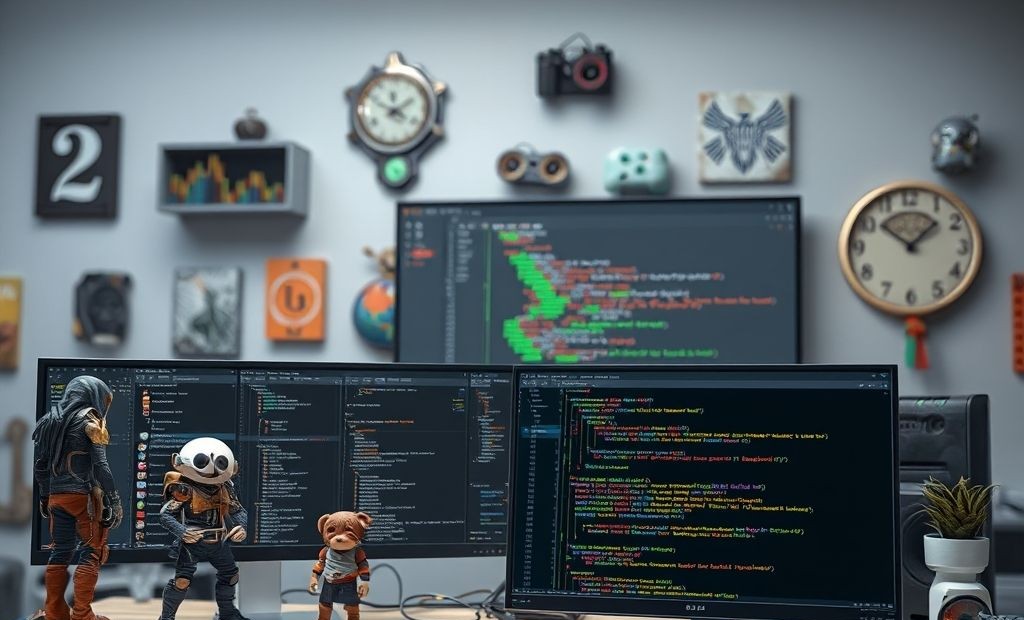Embark on Your Game Development Journey: From Idea to Launch
So, you’ve got a fantastic game idea brewing in your mind? That’s awesome! But transforming that spark into a fully-fledged, playable game can seem daunting. Don’t worry; this guide will break down the entire process, from initial concept to final launch, helping you understand how to build a game from scratch. Whether you’re a solo developer or part of a small team, let’s dive in!
1. Solidifying Your Game Idea
Before even touching a line of code, it’s crucial to define your game. A clear vision will act as your guiding star throughout development.
Defining the Core Concept
- Genre: What type of game will it be? (e.g., RPG, Platformer, Puzzle, Strategy)
- Target Audience: Who are you making this game for?
- Unique Selling Proposition (USP): What makes your game stand out?
- Core Mechanics: What are the main actions players will perform?
Creating a Game Design Document (GDD)
The GDD is your game’s bible. It outlines every aspect of the game. While it can be a simple document, it’s a vital component of game design. Consider using a game development tool.
Key elements of a GDD:
- Story and Setting: Narrative, characters, and world details.
- Gameplay Mechanics: Detailed explanation of how the game works.
- Art Style: Visual direction and asset specifications.
- Sound Design: Music, sound effects, and overall audio experience.
- Technical Specifications: Target platforms and required technologies.
2. Choosing the Right Tools and Technologies
Selecting the appropriate tools is crucial for efficient game development. Here’s a look at some common options:
Game Engines
- Unity: Popular for its versatility and large asset store. Ideal for 2D and 3D games.
- Unreal Engine: Known for high-fidelity graphics and powerful tools. Best for visually stunning 3D games.
- Godot Engine: Open-source and lightweight. Great for 2D games and simpler 3D projects.
- GameMaker Studio 2: User-friendly and excellent for 2D game development.
Programming Languages
- C#: Commonly used with Unity.
- C++: Used with Unreal Engine and for performance-critical tasks.
- GDScript: Godot Engine’s built-in scripting language.
- GML (Game Maker Language): Used in GameMaker Studio 2.
Art and Sound Tools
- Graphics: Photoshop, GIMP, Aseprite, Blender.
- Sound: Audacity, Ableton Live, FL Studio.
3. Development: Bringing Your Game to Life
Now comes the exciting part: building your game! This phase involves coding, asset creation, and constant iteration.
Prototyping
Create a basic version of your game to test core mechanics and gameplay. This helps identify potential issues early on.
Iterative Development
- Implement Features: Add new features in small, manageable chunks.
- Test Thoroughly: Ensure each feature works as intended.
- Gather Feedback: Get input from playtesters and iterate on your design.
Asset Creation
Develop or acquire the necessary art, sound, and music assets. Consider using asset stores or hiring freelance artists.
// Example C# code snippet for player movement in Unity
public class PlayerMovement : MonoBehaviour {
public float speed = 5f;
void Update() {
float horizontalInput = Input.GetAxis("Horizontal");
float verticalInput = Input.GetAxis("Vertical");
Vector3 movement = new Vector3(horizontalInput, 0, verticalInput) * speed * Time.deltaTime;
transform.Translate(movement);
}
}
4. Testing and Polishing
Rigorous testing is essential to ensure a smooth and enjoyable player experience.
Types of Testing
- Functional Testing: Verifying that all game features work correctly.
- Playtesting: Getting feedback from players to identify areas for improvement.
- Usability Testing: Ensuring the game is intuitive and easy to play.
- Performance Testing: Optimizing the game for smooth performance on target platforms.
Bug Fixing
Address any bugs or issues identified during testing. Use a bug tracking system to manage and prioritize fixes.
5. Launching Your Game
Congratulations! Your game is ready for the world. Here’s how to launch it successfully:
Choosing a Platform
- Steam: Popular platform for PC games.
- itch.io: Great for indie games and experimental projects.
- Google Play Store/Apple App Store: For mobile games.
- Consoles (PlayStation, Xbox, Nintendo Switch): Requires developer approval and specific development kits.
Marketing and Promotion
- Create a Trailer: Showcase your game’s best features.
- Social Media: Engage with potential players on social media platforms.
- Press Releases: Reach out to gaming journalists and bloggers.
- Community Building: Create a community around your game to foster engagement.
Post-Launch Support
Continue to support your game after launch by addressing bugs, adding new content, and engaging with your community.
Final Overview
Building a game from scratch is a challenging but incredibly rewarding experience. By following these steps, you can turn your game idea into a reality. Remember to stay organized, iterate frequently, and never stop learning. Good luck, and have fun creating!


Leave a Reply